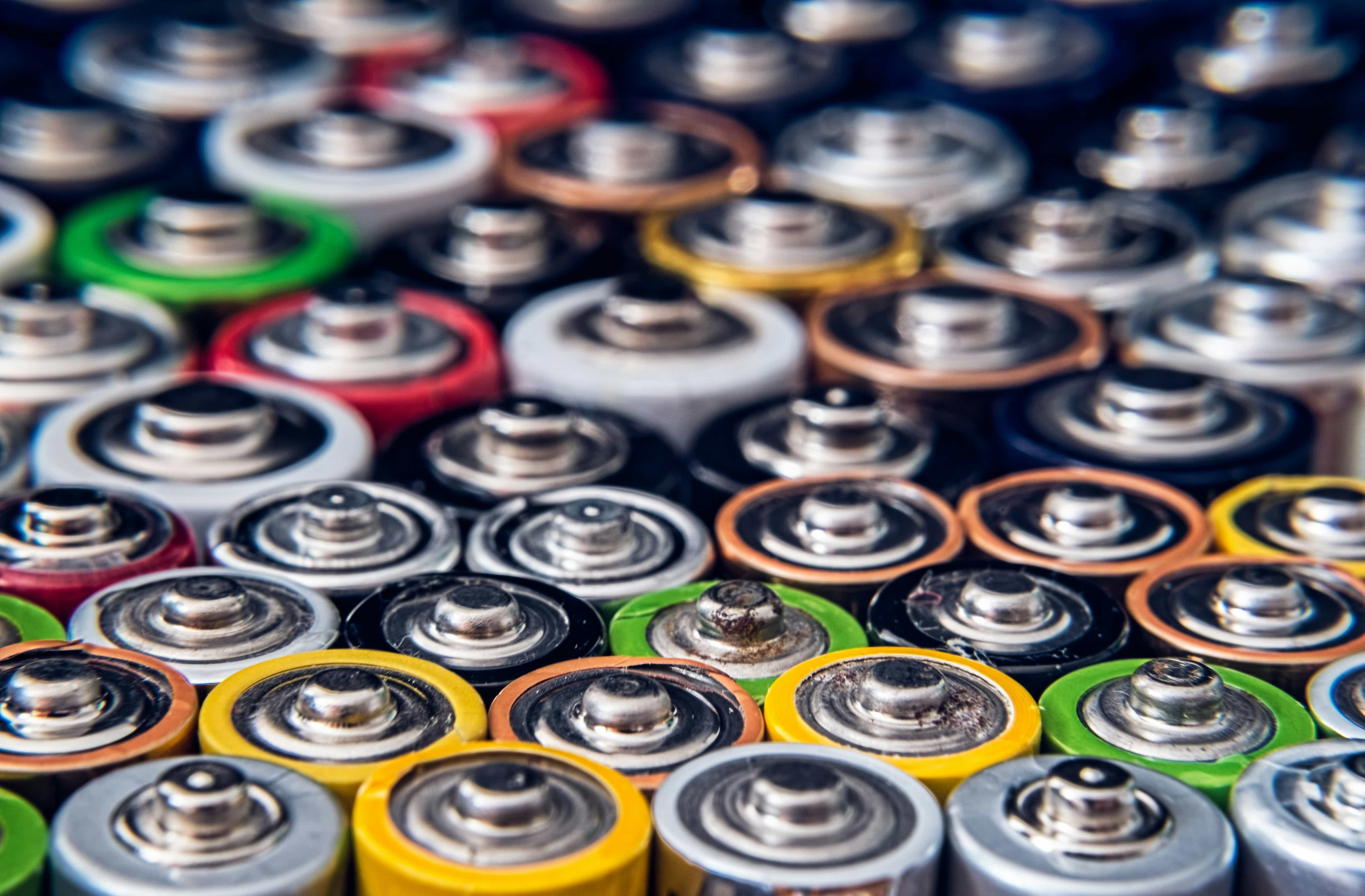Batteries are essential to modern life, powering everything from smartphones to electric vehicles. Yet, traditional batteries rely on limited resources like lithium and contain materials that can be harmful to the environment. A groundbreaking study has introduced a new type of battery - a flexible, all-polymer aqueous sodium-ion battery - that promises to be safer, more sustainable, and just as powerful.
A Revolutionary Approach to Batteries
This new battery technology replaces traditional materials with polymers for both the electrodes and the electrolyte. Polymers are lightweight, flexible, and recyclable, making them ideal for applications in wearable electronics and other advanced technologies. The researchers focused on polyaniline (PANI), a low-cost and versatile material, to create a battery that works well in aqueous (water-based) environments.
The challenge with previous polymer-based batteries was instability - chemical reactions would degrade the battery over time, reducing its performance. This study overcame that hurdle by designing a special electrolyte that protects the battery’s materials and improves its durability.
The Science Behind the Battery
The key innovation lies in the electrolyte, which contains a polymer called polyethylene glycol dimethyl ether (PEGDME). This substance interacts with water molecules in the battery, forming a protective layer called a solid-electrolyte interphase. This layer prevents harmful chemical reactions and allows the battery to operate at a wider range of voltages, making it more efficient.
The battery uses a unique mechanism called dual-ion doping. This means it can move both positive and negative ions between the electrodes during charging and discharging. This approach enhances the battery’s energy capacity and cycling stability, allowing it to maintain 92% of its capacity after 4,800 charging cycles - equivalent to over a year of continuous use.
Why It Matters
The new battery delivers an impressive energy density of 153 watt-hours per kilogram, rivaling many traditional lithium-ion batteries. It’s also safer, as water-based electrolytes are non-flammable and non-toxic. Additionally, the use of sodium, an abundant and inexpensive element, reduces reliance on rare and costly materials like lithium and cobalt.
Another advantage is the battery’s flexibility. Researchers demonstrated that it could be bent, twisted, and even cut without losing functionality. This makes it perfect for wearable devices and other innovative applications.
A Sustainable Future
In addition to being durable and flexible, the battery is highly sustainable. The polymer materials can be recycled easily, and the design avoids the use of heavy metals, which are difficult to dispose of and harmful to the environment. The team successfully recycled the battery’s polyaniline components and showed that they could be reused without losing performance.
This innovation opens the door to a future where batteries are not only powerful and efficient but also environmentally friendly. By combining sustainability with cutting-edge performance, this new technology could revolutionize energy storage for years to come.
Looking Ahead
As the demand for portable and wearable electronics grows, so does the need for safe and sustainable batteries. This all-polymer aqueous battery could play a major role in meeting that demand. Its flexibility, recyclability, and high performance make it a promising solution for everything from fitness trackers to electric cars.
This discovery highlights the importance of innovative approaches to materials science and energy storage. With further research, we could see these batteries powering the devices and technologies that shape our future - cleanly, safely, and sustainably.


